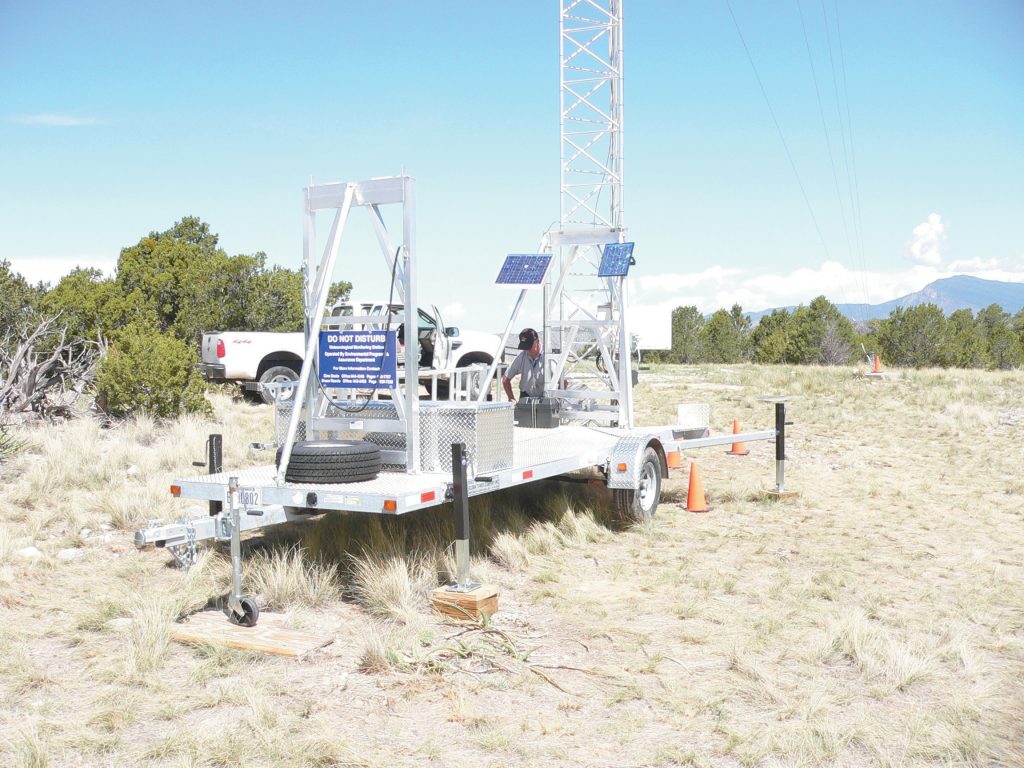
ALBUQUERQUE, N.M. —The Wind Energy Technology Department at Sandia National Laboratories is conducting research in three new areas, the result of additional funding from the Department of Energy’s Wind Energy Program.
Sandia is sharing a $4 million award with the National Renewable Energy Laboratory (NREL), and Pacific Northwest, Oak Ridge, Lawrence Livermore, Argonne, and Los Alamos national laboratories. The multilaboratory research agenda is focused on delivering the results needed to continue to integrate high penetrations of wind energy into the electric grid.
Of the three awards Sandia received, one involves joint research with NREL. The other two are solely Sandia projects.
“This funding gives us the opportunity to support a new mission space in areas that we have wanted to pursue but for which we didn’t have the budget in the past” says Jose Zayas, manager of Sandia’s wind energy department. “With growing demand for clean energy, Sandia is well-positioned to continue to provide leadership and enable the technology needed to sustain the growth of wind energy technology.”
The first-year funding comes through the DOE Wind Energy Program FY08 Renewable Systems Interconnection Support Laboratory Call. More funding for selected projects will be considered later.
Wind Integration Study for Kirtland Air Force Base and Sandia’s Albuquerque Site
The project allows members of Sandia’s wind energy program to expand on work they recently initiated to determine the feasibility of building a multimegawatt wind power plant on Kirtland Air Force Base. The new research activity is focused on developing a template for future federal wind projects being investigated as part of the DOE Transformational Energy Action Management (TEAM) initiative. The TEAM goal is to maximize installation of secure, on-site renewable energy projects at all DOE sites, says Energy Secretary Samuel Bodman.
High Level Wind Resource Assessment and Validation
In partnership with NREL, Sandia researchers will evaluate Sandia-owned SODAR (sonic detection and ranging) instrumentation systems near Texas Tech University’s heavily instrumented 200-meter meteorological tower. SODAR remotely measures the vertical turbulence structure and the wind profile of the lower layer of the atmosphere without the need to build tall and costly meteorological towers.
Scalable MODSM of Wind Power Integration & Grid Coordination Techniques.
In this research, Sandia researchers will further develop a framework for applying complex adaptive system-of-systems (CASOS) approaches for modeling renewable energy integration and advanced grid concepts. They will develop a new method of assessing/studying the complexity of the electric grid to identify and assess effective ways to integrate higher penetrations of renewable energy.
In a letter to Zayas announcing the Sandia awards, JoAnn Milliken, previous acting program manager of DOE Wind and Hydropower Technologies, said she is “confident that Sandia’s contributions to these renewable system interconnection activities will add great value to our efforts to achieve 20 percent of the nation’s electricity from wind by 2030.”
